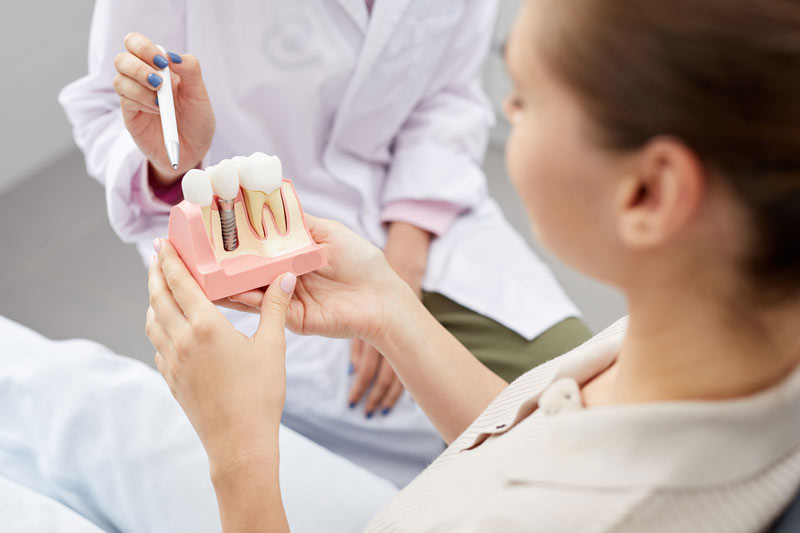ases of failed root canal treatments can now be successfully treated, thanks to modern technologies. A failed root canal treatment can be potentially recognised by pain and/or swelling.
New technologies have increased success rates of treating failed root canal treatments:
Magnification loupes/ Microscopes with fibre optic lighting system have improved a dentist's vision and therefore the chances of the treatment's success.
Ultrasonic devices allows the dentist to more efficiently and accurately remove old root canal materials and other intra-canal hindrances so that a success can be achieved even with most difficult root canal failure cases.
Improved instruments, better materials and medicatements for disinfecting, filling and repairing root canals and innovative new technologies have lead dentists and the patients to get re-treatments completed for a higher number of root canal failure cases. The bacteria Enterococcus Faecalis has been found to cause some root canal treatments to fail. Iodine has been found as an suitable disinfecting agent which kills this bacteria and increases chances of re root canal treatment success.
The dentist are now able to treat the root canal cases with better diagnosis and visualization thanks to new technologies such as digital radiography. Also the radiation exposure has been greatly reduced with digital radiography.
In case of root canal failure, 3 options are available. Patient can either opt for:
- Non-surgical endodontic re-treatment
- Surgical endodontic procedure done (Apicectomy with retrograde filling)
- Extraction of the tooth
Today, well-trained general dentists and root canal specialists (endodontists) alike can perform non – surgical endodontic root canal re-treatment which is very cost effective, time saving and quite predictable as compared to other treatment alternatives like tooth extraction. But at times the root canal failure case cannot be re-treated by non-surgical methods. In these cases dentists can use surgical endodontics to re-treat a root canal failure case, which may be preferred over tooth extraction.






